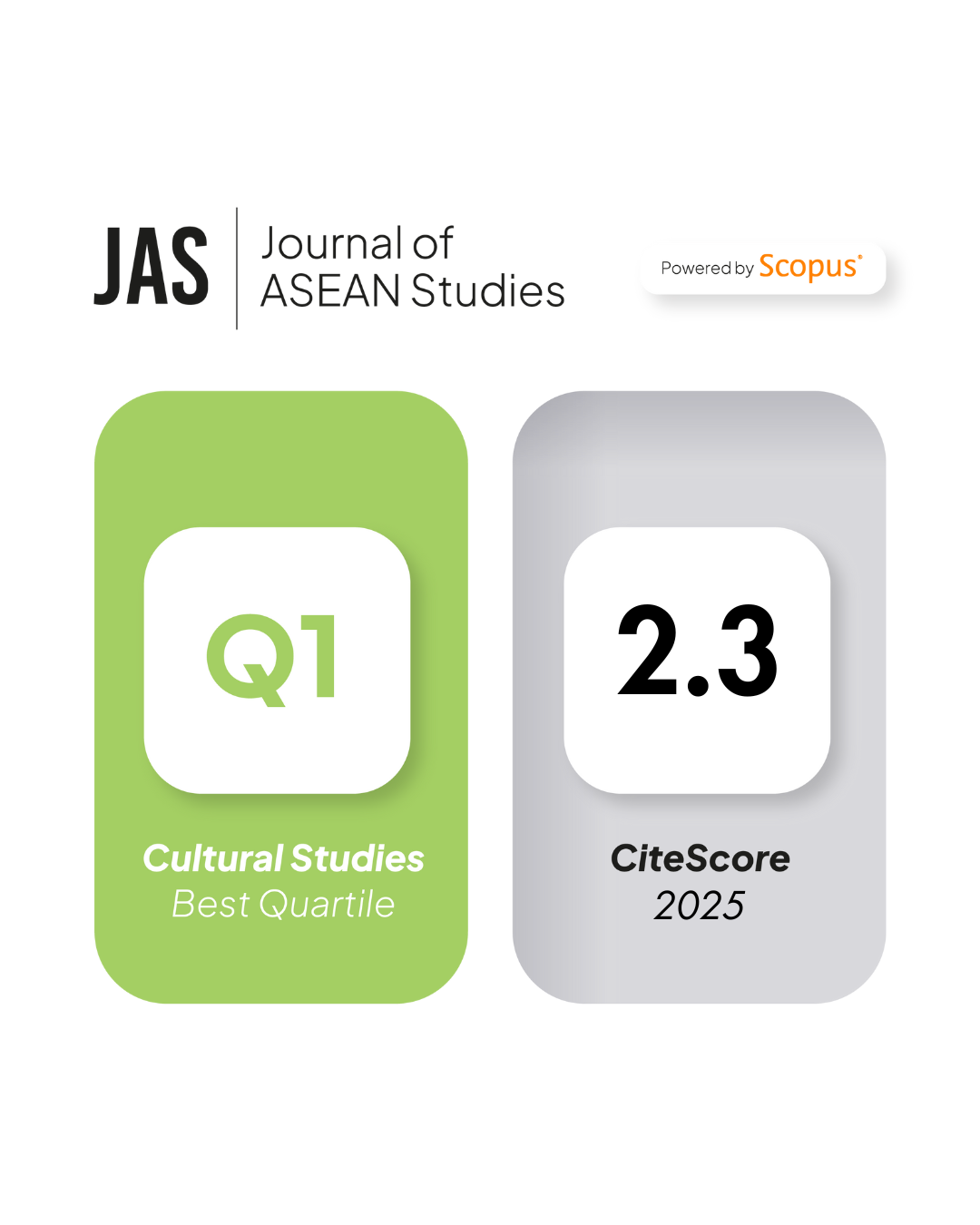Cybersecurity Policy and Its Implementation in Indonesia
DOI:
https://doi.org/10.21512/jas.v4i1.967Keywords:
Cyber-attacks threats, cyber security strategiesAbstract
The purpose of state defense is to protect and to save the integrity of the Unitary State of the Republic of Indonesia, the sovereignty of the state, as well as its security from all kinds of threats, whether they are military or non-military ones. One of the non-military threats that potentially threatens the sovereignty and security of the nation-state is the misuse of technology and information in cyberspace. The threat of irresponsible cyber attacks can be initiated by both state and non-state actors. The actors may be an individual, a group of people, a faction, an organization, or even a country. Therefore, the government needs to anticipate cyber threats by formulating cyber security strategies and determining comprehensive steps to defend against cyber attacks; its types and the scale of counter-measures, as well as devising the rules of law.
Â
References
Barrett, N. (1997). Digital Crime: Policing the Cybernation. London: Kogan Page Ltd.
Boisot, M. H. (1998). Knowledge Assets: Securing Competitive Advantage in the Information Economy. Oxford: OUP Oxford.
Carr, J. (2009). Inside Cyber Warfare: Mapping the Cyber Underworld. California: O'Reilly Media.
Clarke, R. A., & Knake, R. (2010). Cyber War: The Next Threat to National Security and What to Do About It (1st Edition ed.). New York: Harper Collins Publishers.
Frame, J. D. (1983). International Business and Global Technology. Maryland: Lexington Books.
Ghernaouti-Hélie, S. (2009). Cybersecurity Guide for Developing Countries (Enlarged Edition ed.). Geneva: International Telecommunication Union.
Jacob, T. (1993). Manusia, Ilmu dan Teknolog. Yogyakarta: PT Tiara Wacana.
Mahzar, A. (1999). Introduction. In J. Zaleski, Spiritualitas Cyberspace: Bagaimana Teknologi Komputer Mempengaruhi Kehidupan Keberagaman Manusia (Trans.) (p. 9). Bandung: Mizan.
Nye Jr, J. S. (2011). Cyber Power. In J. S. Nye Jr, The Future of Power in the 21st Century (pp. 1-24). Cambridge: Public Affairs Press.
Perwita, A. A., & Yani, Y. M. (2006). Pengantar Ilmu Hubungan Internasional. Bandung: PT Remaja Rosdakarya.
Piliang, Y. A. (1999). Introduction. In M. Slouka, Ruang yang Hilang: Pandangan Humanis tentang Budaya Cyberspace yang Merisaukan (pp. 14-15). Bandung: Mizan.
Sterling, B. (1992). The Hacker Crackdown: Law and Disorder on the Electronic Frontier. New York: Bantam Books.
Sudarsono, J. (1992). Ilmu, Teknologi, dan Etika Berprofesi: Pandangan Sosial Politik. Jakarta: Masyarakat Jurnal Sosiologi, FISIP UI-Gramedia.
Journals
Ardiyanti, H. (2014). Cybersecurity dan Tantangan Pengembangannya di Indonesia. Jurnal Politica , 5 (1), 1-26.
Nur, M. (1998, August). Dilema Pengembangan Infrastruktur Informasi Indonesia. Info Komputer Vol. XII No. 8 , p. 34.
Purwadi, A. (1993). Kebutuhan Akan Perangkat Hukum Perjanjian di Bidang Alih Teknologi. Hukum dan Pembangunan (3 Th XXIII).
Setiadi, F., Sucahyo, Y. G., & Hasibuan, Z. A. (2012). An Overview of the Development Indonesia National Cyber Security. International Journal of Technology & Computer Science (IJTCS) , 6 (November / December), 106-114.
Others
ASEAN Secretariat. (2013). ASEAN’s Cooperation on Cybersecurity and against Cybercrime. Octopus Conference: Cooperation Against Cybercrime (pp. 1-20). Strasbourg, France: Council of Europe.
Broto, G. S. (2008, November 16). Menteri Kominfo Pada "High-Level Segment ITU Council 2008" Yang Membahas Cybersecurity. Retrieved from Direktorat Jenderal Sumber Daya dan Perangkat Pos dan Informatika: http://www.postel.go.id/info_view_c_26_p_814.htm
Defence Media Center/PPID. (2012, November 27). Kemhan dan TNI Membangun Kekuatan Pertahanan Cyber. Retrieved June 2, 2014, from Defence Media Center/PPID: http://dmc.kemhan.go.id/post-kemhan-dan-tni-membangun-kekuatan-pertahanan-cyber.html
Herryanto, E. (2012, November 27). Keynote Speech. Seminar Nasional Keamanan Infrastruktur Internet tentang Trend Ancaman Infrastruktur Internet 2012 . Bandung, West Java, Indonesia.
JPNN.com. (2014, May 13). TNI Gandeng IT Del Antisipasi Penjahat di Dunia Internet. Retrieved June 2, 2016, from JPNN.com: http://www.jpnn.com/read/2014/05/13/234115/TNI-Gandeng-IT-Del-Antisipasi-Penjahat-di-Dunia-internet
Purbo, O. W. (2000, June 28). Perkembangan Teknologi Informasi dan Internet di Indonesia. Kompas , p. 50.
The Department of Defense of the Republic of Indonesia. (2008). Indonesian Defense White Paper. Jakarta: The Department of Defense of the Republic of Indonesia.
The Ministry of Defense of the Republic of Indonesia. (2013). A Road Map to Cyber Defense National Strategy. Jakarta: The Ministry of Defense of the Republic of Indonesia.
The Ministry of Defense of the Republic of Indonesia. (2013). A Road Map to Cyber Defense National Strategy. Jakarta: The Ministry of Defense of the Republic of Indonesia.
United Nations Office on Drugs and Crime. (2000, April 10). Crimes Related to Computer Networks - Tenth United Nations Congress on the Prevention of Crime and the Treatment of Offenders. Retrieved from United Nations Office on Drugs and Crime: https://www.unodc.org/documents/congress//Previous_Congresses/10th_Congress_2000/017_ACONF.187.10_Crimes_Related_to_Computer_Networks.pdf
Wagner, P. (2010). Computer Security and Cyberwarfare. Retrieved from Department of Computer Science, University of Wisconsin-Eau Claire: www.cs.uwec.edu/~wagnerpj/talks/cyberwar.ppt





















